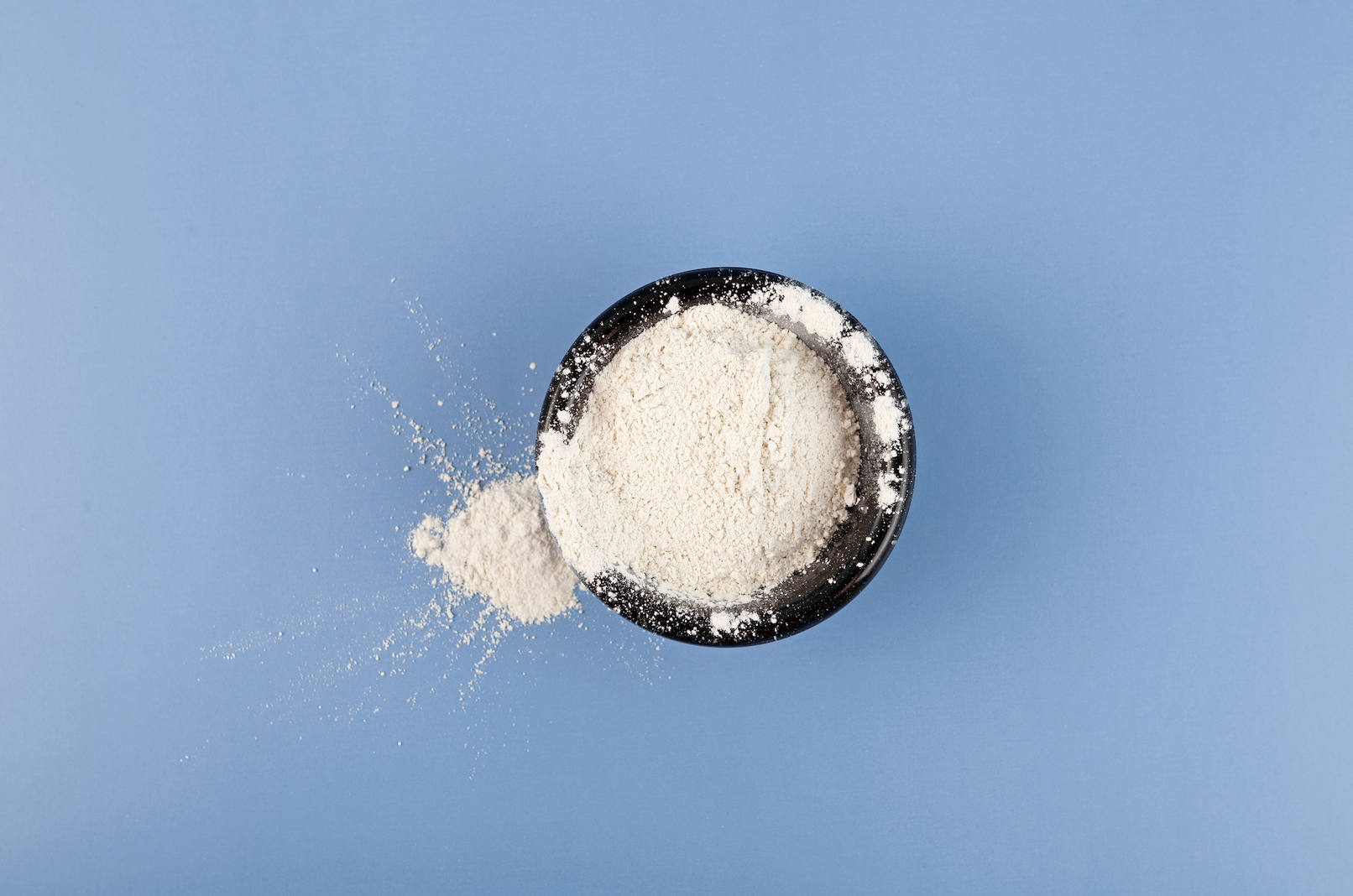In recent years, you’ve probably seen zinc oxide become increasingly popular as an ingredient in sunscreens. This is because zinc oxide is a very effective broad-spectrum sunscreen that can protect against both UVA and UVB rays. But what you may not know is that zinc oxide comes in both nano and non-nano applications, and some of their effects on the environment are questionable.
In this blog, we’re going to take a look at which of these are the safest sunscreen ingredients, and ask a couple of important questions: how does zinc oxide protect the skin and is non-nano zinc oxide better?
How Does Zinc Oxide Protect the Skin?
Zinc oxide works as a sunscreen by scattering, absorbing, and reflecting the sun's rays. When the sun's rays hit the zinc oxide particles, they are scattered in all directions, preventing them from reaching the skin. Zinc oxide also absorbs some of the sun's rays, which helps to prevent sunburn. It’s also generally thought that zinc oxide (mineral) sunscreens are better for humans and the environment, as opposed to chemical sunscreens.
What Are Nanoparticles?
Zinc oxide can be found in two forms: nano and non-nano. Nano zinc oxide is made up of very small particles, while non-nano zinc oxide is made up of larger particles.
Nano particles are particles that are less than 100 nanometers in diameter and are often used in sunscreens because they are more easily absorbed into the skin. This can provide greater sun protection; however, there are a few concerns.
The Potential Adverse Effects of Nano Zinc Oxide
There has been a lot of public concern in recent years about the safety of nano zinc oxide for humans. However, and this is important to note, according to many sources (including this one), “...both [zinc oxide] and [titanium oxide] [nanoparticles] either do not penetrate or minimally penetrate the stratum corneum and underlying layers of skin.”
In addition to this, we can see that nano zinc oxide does soak into the epidermis, but, according to this study, there is no local penetration that causes toxicity or elevated blood toxicity levels.
These are reassuring facts, because free zinc oxide in the bloodstream could potentially cause problems like damage to DNA, immunosuppression, reproductive issues, and harm to fetuses. However, we aren’t the only concern with regards to zinc nanoparticles – marine and freshwater life are also susceptible to damage from zinc oxide.
The Factual Adverse Effects of Nano Zinc Oxide
Water life, on the other hand, does absorb and react to nano zinc oxides, and this is where the real concern is. In this study, we see that nano zinc oxide affects freshwater pH values and fungal diversity, and in this one, we find evidence that nano zinc oxide is most damaging to algae and crustaceans. So, while nano zinc oxide may not hurt us, it’s certainly capable of marine damage.
Is Non-Nano Zinc Oxide Better?
Given the public’s concerns, the limited long-term human research with regards to nano particles, and concerning research in relation to marine life, many sunscreen producers (including us) prefer to use non-nano zinc oxide. We encourage you to consider using non-nano particle sunscreens, too.
Rejuvaskin: Choosing the Safest Sunscreen Ingredients for Your Skin and Wildlife
Due to all of these concerns, we’ve chosen to use non-nano zinc oxide in our mineral facial sunscreen. Our mineral facial sunscreen is light, non-greasy, and broad-spectrum. This ticks all of the boxes that you need out of a daily sunscreen (and we do recommend that you use sunscreen daily!). So, pick up some of our non-nano Mineral Facial Sunscreen, get out there, and enjoy the outdoors!





















Leave a comment